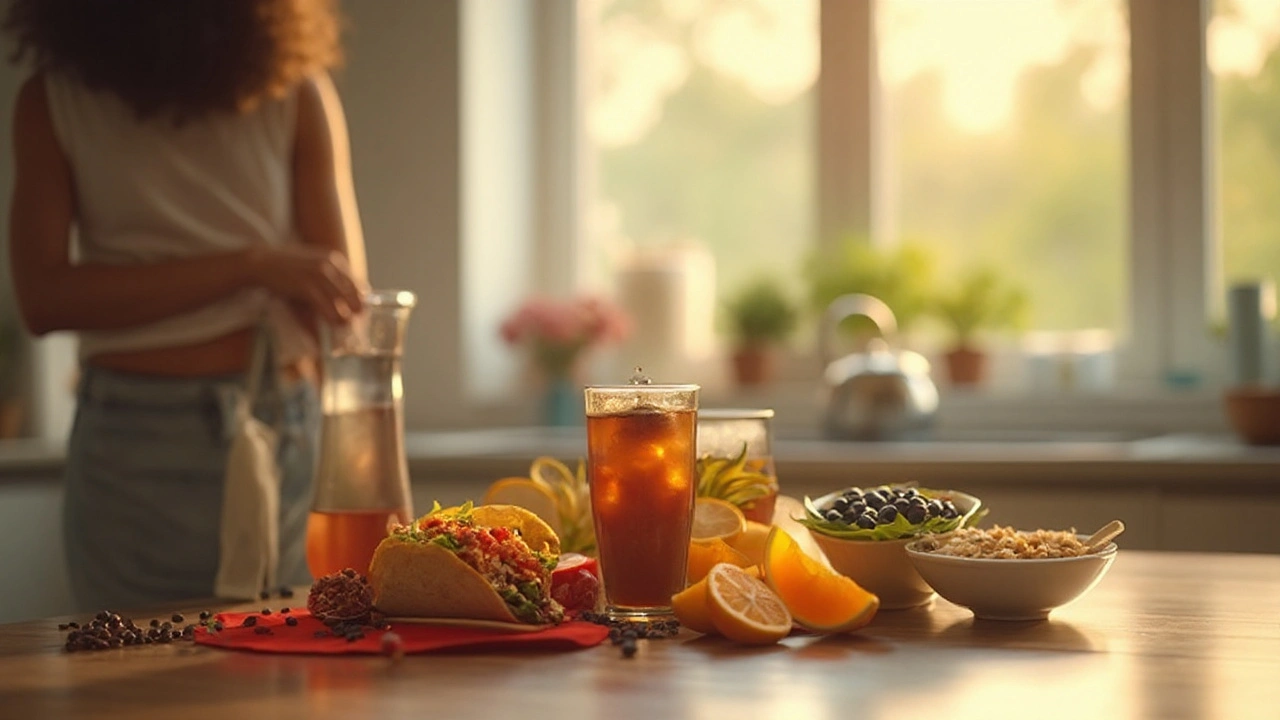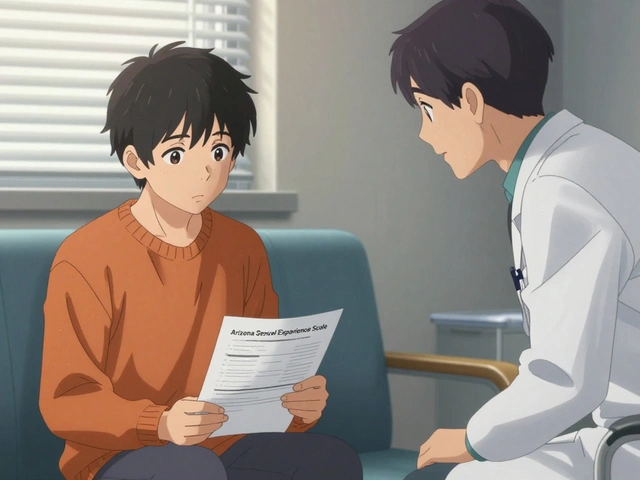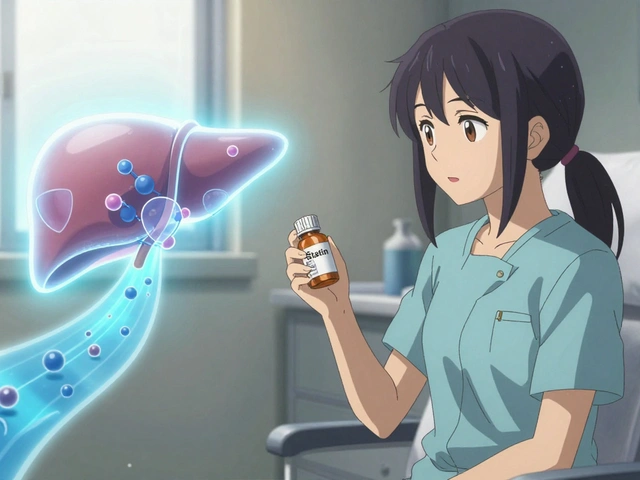Foods to Avoid: Easy Tips for Safer Health
Ever taken a pill and wondered if your dinner could be messing with it? You’re not alone. Certain foods latch onto medications, boost side‑effects, or block absorption. Knowing the red‑flag foods can keep you feeling better faster and avoid surprise reactions.
Common Food–Drug Interactions
One of the biggest culprits is grapefruit. The fruit contains compounds that stop the liver from breaking down many drugs, especially cholesterol meds, blood pressure pills, and some antibiotics. The result? Too much medicine stays in your bloodstream, raising the chance of dizziness, low blood pressure, or even heart problems.
Another frequent offender is dairy. Calcium in milk, cheese, and yogurt can bind to antibiotics like tetracycline or fluoroquinolones, making them less effective. If you need to take one of these antibiotics, wait at least two hours after a dairy snack.
Iron supplements and multivitamins with high iron levels also compete with certain antibiotics and thyroid medication. Mixing them can drop the drug’s absorption by up to 50 %.
High‑fat meals are a hidden trap for some drugs, especially those that dissolve best in a low‑fat environment, like certain anti‑HIV meds and some anti‑cancer pills. A greasy burger might delay the drug’s entry into your system, causing a weaker effect.
Everyday Foods to Skip or Limit
**Alcohol** – Even small amounts can amplify sedative side‑effects of antihistamines, sleep aids, and muscle relaxers. It also worsens liver toxicity from acetaminophen and many prescription painkillers.
**Caffeinated drinks** – Coffee, tea, and energy drinks can speed up the metabolism of some antidepressants and antipsychotics, reducing their benefit. They also boost blood pressure, which isn’t great if you’re on heart meds.
**Soy products** – Soy can interfere with drugs that rely on estrogen pathways, such as some breast cancer treatments. A soy latte might weaken the intended effect.
**Bananas and potassium‑rich foods** – If you’re on ACE inhibitors, potassium‑sparing diuretics, or certain heart drugs, too much potassium can push your levels into a dangerous zone, causing muscle weakness or abnormal heartbeats.
**Salt‑rich foods** – Processed snacks and fast food raise sodium, which counters diuretics and blood‑pressure meds. The extra fluid retention can undo the drug’s purpose.
Practical tip: Always read the medication label for a “food interactions” warning. If the label is vague, a quick Google search or a call to your pharmacist can clear things up.
When you plan meals around a new prescription, aim for a low‑fat, low‑sugar plate for the first few hours. Pair the drug with water, a small piece of fruit (except grapefruit), and a light protein source like chicken or beans. This combo helps the medicine absorb smoothly without unexpected side‑effects.
Remember, you don’t have to eliminate every “risky” food forever. Timing is the key—spacing meals and meds by a couple of hours often solves the problem. Keep a simple chart: drug name, avoid foods, and recommended wait time. Stick it on your fridge and you’ll never miss a beat.
Bottom line: Your diet and your meds are teammates, not enemies. By watching out for grapefruit, dairy, alcohol, and a few other common foods, you give your body the best chance to heal quickly and stay steady. Got a specific drug in mind? Jump to our article list below for deeper dives on that medication and the foods you should watch.

Flavoxate Diet Guide: Foods to Avoid for Best Results
Discover which foods can weaken Flavoxate's effect on bladder spasms and learn practical tips to keep your treatment working smoothly.
Continue Reading



